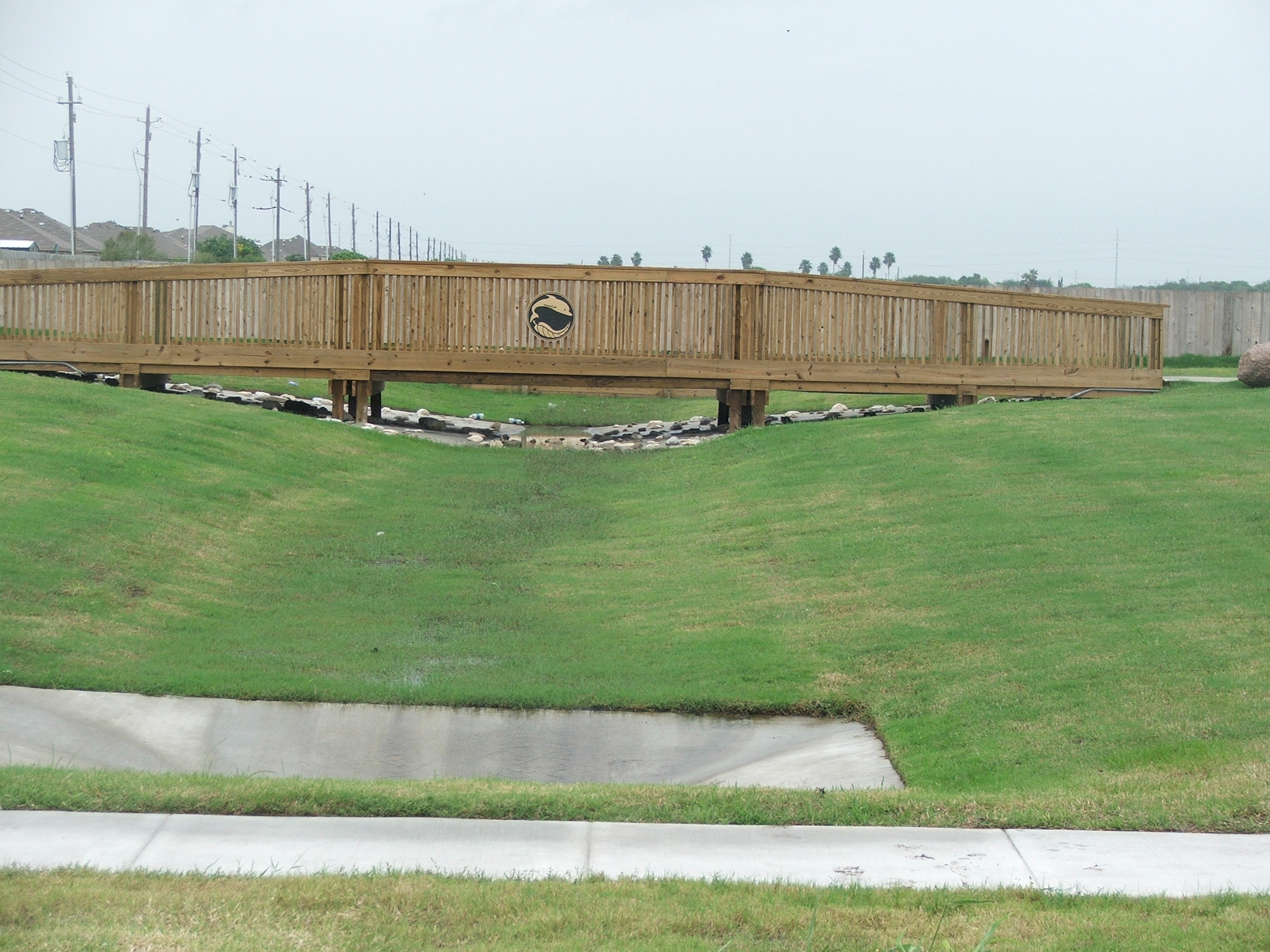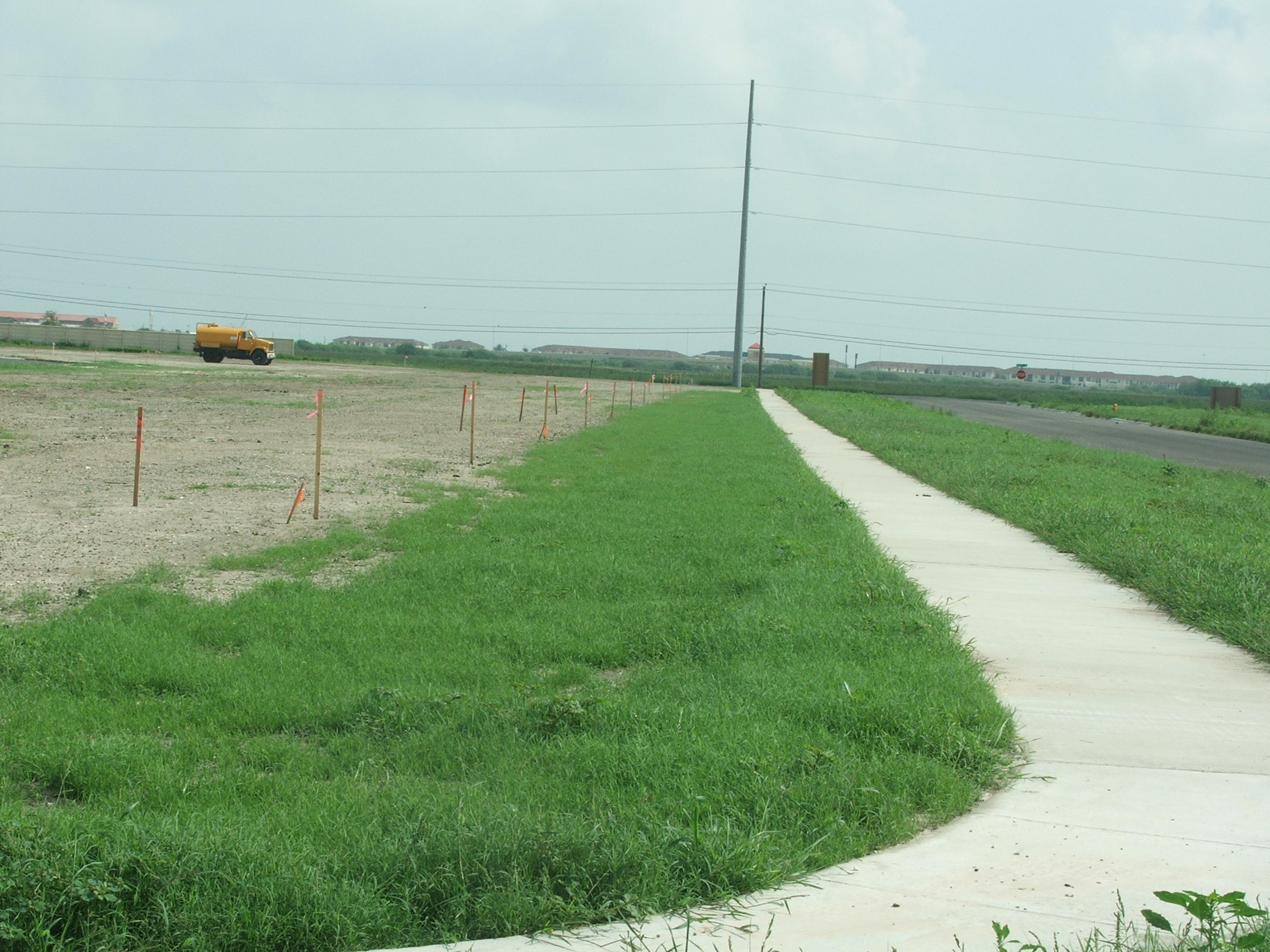Cynodon dactylon

Hike and Bike Parks

Erosion Control

Ranch (Grazing)

SWPPP (estabelization) sediment control
Common Bermuda Grass
Perennial
Warm Season
Introduced
Seeded Variety
Common Bermuda grass is a warm season, introduced, perennial grass. Its recommended use are:
Parks
Landscaping/Turf
Grazing
Hay Production
Erosion Control
Re-vegetation (SWPPP)
Common Bermuda has a good root system to help prevent erosion and makes a decent Bermuda for drought tolerance. It propagates by seed and vegetatively. It can be used in blends with other Bermuda grasses for turf, pasture, erosion control and re-vegetation. It can also be mixed with other grasses (natives) for some of the same uses above.
The seed comes in three grades:
Unhulled Raw (the hull has not been removed and it is not coated). It typically has a 98% pure seed content
Hulled Raw (the hull has been removed to accelerate germination - will germinate about 2 days quicker than unhulled seed). It typically has a 98% pure seed content
Coated Seed (hullled or unhulled). This seed has been coated and the coating is half its weight so it only has about 48% pure seed which means you need twice as much of this seed to give you the same pure live seed (PLS) as the raw seeds above.
Adaptation and Maintenance:
Common Bermuda grass does well in most soil types.
Growth Height: 4- 24 inches
Drought Tolerance: Good
Cold Tolerance: Good
Minimum Rainfall: 20 inches
Planting (Seeding) Rate: 5-10 Lbs/acre for pasture application
(Pure Live Seed % affects the seeding rate as well as the planting method)
Planting (Seeding Rate: 2-3 Lbs/1,000 Sq. ft. for turf and erosion control applications
(Pure Live Seed % affects the seeding rate as well as the planting method)
Planting (Seeding Rate: 2-3 Lbs/1,000 Sq. ft. for turf and erosion control applications
Planting Time: March 1st - Mid December
(planting time window depends on the region that you are located and rain considerations)
Unhulled seed can be used year round but hulled seed should only be used in the Spring and Summer as once the hull is removed the seed looses its protection.
(planting time window depends on the region that you are located and rain considerations)
Unhulled seed can be used year round but hulled seed should only be used in the Spring and Summer as once the hull is removed the seed looses its protection.
Planting Depth: 1/8 to 1/4 inches
Soil Adaptation: Both Sandy or Clay Soils
Fertilizing
Starter Fertilizer (15-15-15)
at a rate of 200 Lbs/acre is a catch all rule of thumb; however, if you have a fresh root plow on virgin brush, you may not need to fertilize. Soil samples can be taken and analyzed for N-P-K requirements.
Maintenance Fertilizer: (30-10-0)
is a typical fertilizer used to restore the nitrogen depletion during the grazing or baling process. Again, soil sample analysis can tell you more accurately what type on how much fertilizer you need.
Starter Fertilizer (15-15-15)
at a rate of 200 Lbs/acre is a catch all rule of thumb; however, if you have a fresh root plow on virgin brush, you may not need to fertilize. Soil samples can be taken and analyzed for N-P-K requirements.
Maintenance Fertilizer: (30-10-0)
is a typical fertilizer used to restore the nitrogen depletion during the grazing or baling process. Again, soil sample analysis can tell you more accurately what type on how much fertilizer you need.
